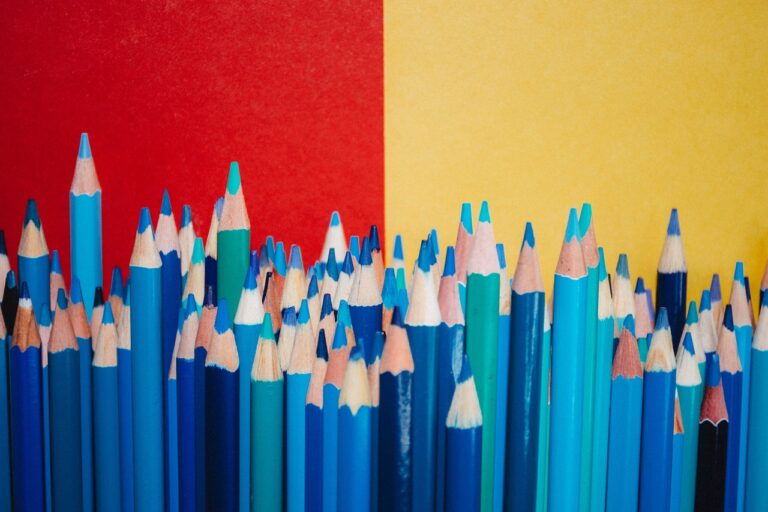How Social Media Influences Education
In today’s digital age, the prevalence of social media has become a defining aspect of the student experience. Platforms like Instagram, Facebook, and Twitter have revolutionized how students interact, share information, and communicate with one another. This shift towards online socialization has led to both positive and negative impacts on student behavior.
On one hand, social media has fostered greater connectivity among students, allowing them to stay in touch with classmates, share educational resources, and collaborate on projects more efficiently. However, the constant stream of notifications and posts can also serve as a significant distraction, leading to decreased focus during lectures, reduced productivity, and an overall decline in academic performance.
Enhancing Collaborative Learning Through Social Media Platforms
Social media platforms have rapidly transformed the landscape of education, offering unique opportunities for collaborative learning among students. By leveraging these digital tools, students can work together on projects, share resources, and engage in discussions beyond the confines of the traditional classroom. The interactive nature of social media allows for real-time communication and the exchange of ideas, fostering a sense of community among learners.
One of the key advantages of using social media for collaborative learning is the ability to connect with peers from diverse backgrounds and locations. By breaking down geographical barriers, students can collaborate with individuals they might not have had the chance to interact with otherwise, enabling them to gain new perspectives and insights. Additionally, the asynchronous nature of social media platforms allows students to engage in collaborative activities at their own pace, promoting autonomy and self-directed learning.
How can social media platforms enhance collaborative learning among students?
Social media platforms provide a space for students to easily communicate, share resources, and collaborate on projects in real-time.
What are some examples of social media platforms that can be used for collaborative learning?
Some examples include Facebook Groups, Slack, Google Drive, and Microsoft Teams.
How does social media impact student behavior in a collaborative learning environment?
Social media can encourage active participation, increase engagement, and promote a sense of community among students.
Are there any potential drawbacks to using social media for collaborative learning?
While social media can be a powerful tool for collaboration, it is important to address issues such as distraction, privacy concerns, and the need for digital literacy skills.
How can educators effectively integrate social media into their teaching practice to enhance collaborative learning?
Educators can create guidelines for using social media, provide training on digital citizenship, and design collaborative activities that leverage the unique features of each platform.





